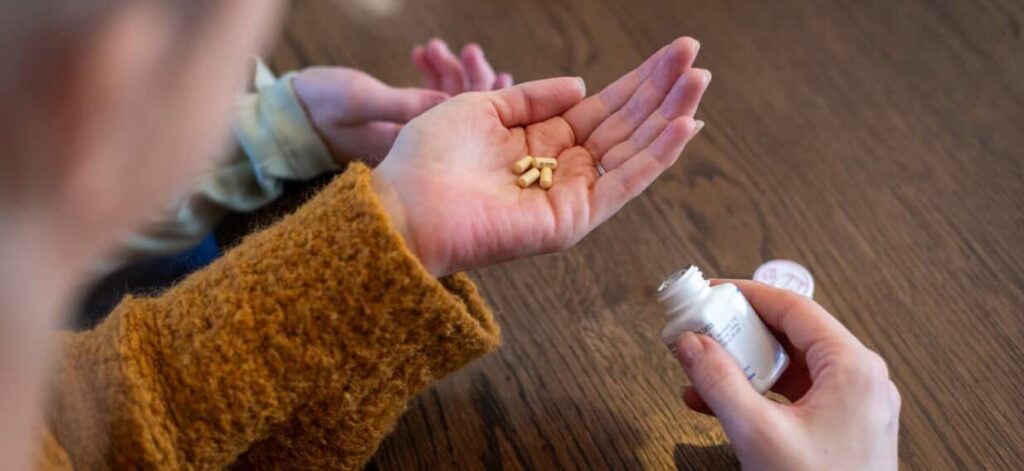
The number of poisonings linked to attention-deficit hyperactivity disorder (ADHD) medications in Australia is increasing, prompting experts to advocate for significant changes in prescription practices. In 2023 alone, at least 3,242 cases of poisoning were reported, highlighting a concerning trend that has seen over 8,000 individuals seek hospital treatment for ADHD medication-related incidents over the past decade. This data comes from new research conducted by the University of Sydney based on national statistics from the NSW Poisons Information Centre.
According to the Australian Institute of Health and Welfare, more than 4.6 million prescriptions for ADHD medications were dispensed during the 2023–24 period. This was to just under 600,000 patients, averaging roughly 8 prescriptions per individual. A staggering 87 percent of these prescriptions were for psychostimulants such as Ritalin, underscoring how prevalent these medications have become.
Experts like Amy Thompson, a PhD candidate at the University of Sydney’s School of Pharmacy, warn that ADHD medication poisoning can lead to “respiratory issues, hypotension, and dizziness.” Children are particularly vulnerable, with 72 percent of accidental poisonings occurring among those under the age of 15.
Dr. Greg Kyle, a clinical pharmacist at Metro South Health in Queensland, elaborated on the issue, stating, “Poisoning occurs when you have an effect that goes beyond what you would normally expect from that medication.” He emphasized the complexity of determining the appropriate dosage, which cannot simply rely on metrics such as body weight. “It’s not just a case of saying ‘we’ve got a 50-kilogram 12-year-old; we will give them half the dose of a 100-kilogram adult.’ It doesn’t always work that way,” he noted.
The rise in ADHD diagnoses, which more than doubled from 2013 to 2020, partly explains the increase in poisonings. However, poisonings related to the medication clonidine are disproportionately high. “Just one double dose of clonidine can put a child in hospital,” Thompson cautioned, highlighting the critical need for both families and healthcare professionals to be aware of these dangers.
Clonidine is one of six medications used to treat ADHD, alongside atomoxetine, dexamphetamine, guanfacine, lisdexamfetamine, and methylphenidate. Clonidine and methylphenidate each accounted for 35 percent of all reported poisonings.
One challenge lies in the prescription of medications in quarter or half-tablet doses, which can be difficult to administer accurately. Thompson pointed out, “Another reason can be miscommunication within the family, typically where both parents give their child a dose of medication, not realizing the other has already done it.” Additionally, children’s natural curiosity can lead them to explore their siblings’ medications, emphasizing the importance of safe storage.
Dr. Kyle noted that the small size of clonidine tablets can complicate accurate administration. “It’s very, very small doses that can be hard to administer because these tablets are not huge,” he explained. He suggested that the industry should investigate the availability of a more suitable alternative form of clonidine dosing to improve safety.
While clonidine was historically used to address blood pressure, it is also prescribed for migraines and ADHD. Experts stress that ADHD medications are safe when taken at recommended doses. Both Thompson and Kyle advise families to keep medications out of children’s reach and to contact poison control at 13 11 26 if they suspect someone is experiencing adverse effects.
As the data on ADHD medication poisonings continues to grow, the urgent call for enhanced education and safer prescribing practices becomes increasingly vital. The health and well-being of countless individuals, particularly children, rely on this essential change.






